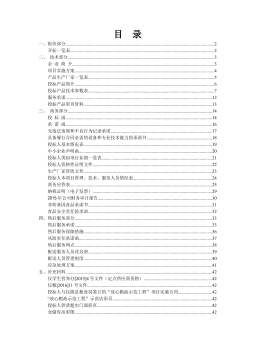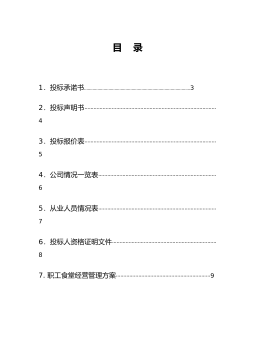供需网企业合作伙伴的选择评价研究
供需网企业合作伙伴的选择评价研究摘要随着科技的进步和经济的发展,以全球资源获取、全球制造、全球销售为根本特征的全球经济一体化格局已逐渐形成。传统单纯的竞争性经营战略已经不能满足现代企业生存发展的需要,企业经营须由“以竞争为主”向“以合作为主、竞争为辅”的战略转变。多功能开放型企业供需网具有多功能性合作、充分开放性合作、包容性合作和动态网络性合作的基本特征,这些特征从不同的角度强调了供需网企业间以合作为主(竞争为辅)的经营战略。然而,此种合作应受到经营目标和各种条件的约束,供需网企业不可能和其他的企业都成为合作伙伴,也不可能都成为竞争者。因此,对供需网企业在实际运营中如何选择合适的、优质的供需合...
相关推荐
-
10KV电网D-SCADA 系统信息采集与故障诊断研究与设计VIP免费

 2024-10-14 28
2024-10-14 28 -
方形吸顶散流器平送风等温射流特性研究VIP免费

 2025-01-09 8
2025-01-09 8 -
关于充液声导波传感器中频散兰姆波的研究VIP免费

 2025-01-09 10
2025-01-09 10 -
结合梁斜拉桥施工过程中考虑剪力滞影响的分析方法VIP免费

 2025-01-09 6
2025-01-09 6 -
空调房间热舒适性的数值模拟与实验研究VIP免费

 2025-01-09 7
2025-01-09 7 -
汽车前轮线控转向系统研究VIP免费

 2025-01-09 9
2025-01-09 9 -
输入分配型混合动力车辆动力系统控制策略研究VIP免费

 2025-01-09 7
2025-01-09 7 -
双馈风力发电系统的柔性并网控制研VIP免费

 2025-01-09 11
2025-01-09 11 -
污水处理厂污泥好氧堆肥发酵技术的试验研究VIP免费

 2025-01-09 7
2025-01-09 7 -
应用风室试验装置的风机性能VIP免费

 2025-01-09 9
2025-01-09 9
相关内容
-

汽车前轮线控转向系统研究
分类:高等教育资料
时间:2025-01-09
标签:无
格式:PDF
价格:15 积分
-

输入分配型混合动力车辆动力系统控制策略研究
分类:高等教育资料
时间:2025-01-09
标签:无
格式:PDF
价格:15 积分
-

双馈风力发电系统的柔性并网控制研
分类:高等教育资料
时间:2025-01-09
标签:无
格式:PDF
价格:15 积分
-

污水处理厂污泥好氧堆肥发酵技术的试验研究
分类:高等教育资料
时间:2025-01-09
标签:无
格式:PDF
价格:15 积分
-

应用风室试验装置的风机性能
分类:高等教育资料
时间:2025-01-09
标签:无
格式:PDF
价格:15 积分






